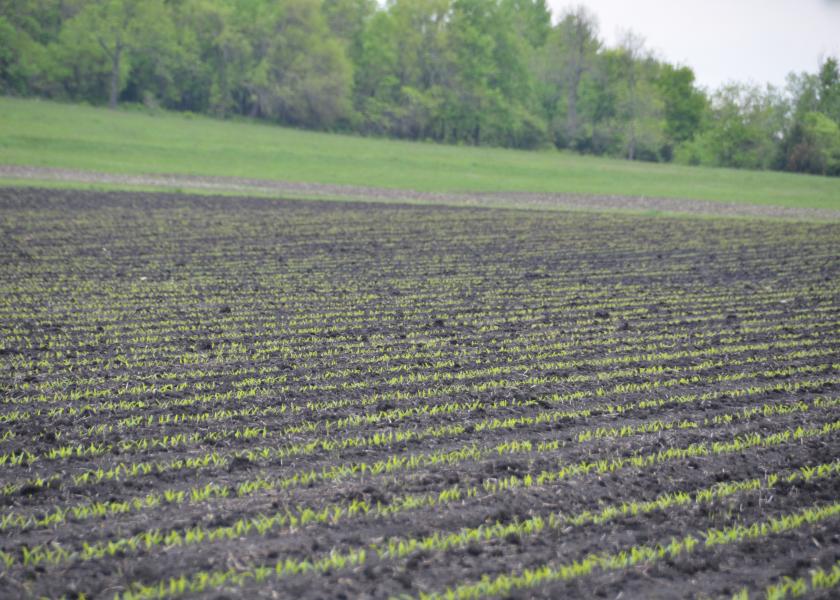Late Planting: Can You Plant Lower Corn Populations?

As planting dates for many producers are pushed into May, the soil is warming and you might wonder if that gives you flexibility in corn planting populations. There are, of course, immediate costs savings from cutting populations but what’s best for yield?
Researchers are asking the same question: should you increase seeding rate or decrease seeding rate based on calendar date? Results from studies in Illinois, Indiana, Minnesota and Ohio all yield similar results: you certainly don’t need to increase populations.
“Planting dates among those 95-plus trials varied from as early as April 15 to June 8,” said Bob Nielsen, agronomist at Purdue, in a recent blog post. “There is no obvious relationship between economic optimum plant population and planting date among those field-scale trials. What this means is that optimum populations for early-planted trials were essentially the same as those for later-planted trials.”
He notes, however, because the soil is warmer it could lead to better germination, emergence and stand establishment. “Delayed planting and the percent of planted seeds that become harvestable plants is typically higher [in late planting],” Nielsen added.
Nielsen suggested this doesn’t mean you can go crazy, but you might be able to lower planting populations in corn slightly. See the chart below for tips on planting rate by calendar date.

C: Bob Nielsen, Purdue
Be mindful of the relationship corn populations have with end-of-season yields before making drastic changes. Farm Journal Field Agronomist Ken Ferrie tests high versus low population corn and last year found compelling evidence for higher populations.
“There were 88 hybrids that went through the shellers, 880 different sets of 10 ears a piece,” Ferrie said in his “Boot in the Field” podcast. “The average of all of them was 271 bu., which is pretty strong. The average of the high population was 300—299.8 and the average of the low population was 241.”
In his testing, he found it took 8,000 more kernels per acre to make an additional bushel. When you look at ear size, in lower populations you’ll see about five additional kernels in length. Check out not only the interaction planting population has with final yield, but also the impact of row spacing in Ferrie’s podcast below.







